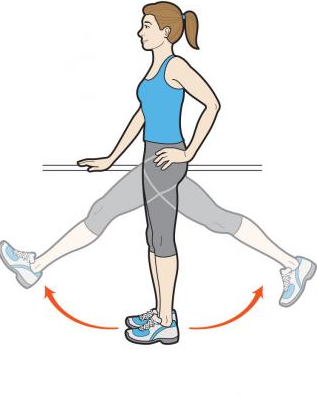Preparation is the key to success
Being excited and nervous all at the same time are normal feelings for anyone going into either a new situation or into something that you want to do well at. So I’m not put off by these feelings that I have, and would probably be more worried if I didn’t have them before a running event.
My teachers used to tell me before exams if the work isn’t already done there’s no point in trying to do it now! That is a little bit true, if you haven’t done much training in preparation for your running event, trying to fit in too much training in now will do more harm than good, but if you have been preparing, then the work has been done and now a few gentle training sessions will set you up nicely. If you race is on a Saturday, my last training session is done on the Thursday evening and this is a little session about 50% of what I would normally do, I will then do a light warm up on Friday and then relax before the race.
Clothing
Make sure that your clothing is comfortable and light, it’s best not to wear brand new items if you are going to be sweating a lot as you want to avoid chafing, speaking from experience! I like to have the clothes I’m going to run in ready and set out well before the race so that I’m not panicking and getting stressed out beforehand. This also means having a few spare items packed as well. I like to change my socks just before the start of a race so my feet feel fresh and light, and then have a clean top to change into when I have finished, it’s nice to put on something that’s not all sweaty but also stops you getting a chill even on warm days as your body starts to cool down.
Food and Drink
A light healthy breakfast a couple of hours before should be sufficient and be well digested for the start of the event and also keeping yourself hydrated.
Pre-Event
There is nothing worse than being late for a race, as you use up a lot of nervous energy even before the start of the event! I like to be there with enough time to find where the toilets are, even if I don’t need to go you can bet your house that I will need them before the race starts! So plan to get there early in order to get warmed up properly!







